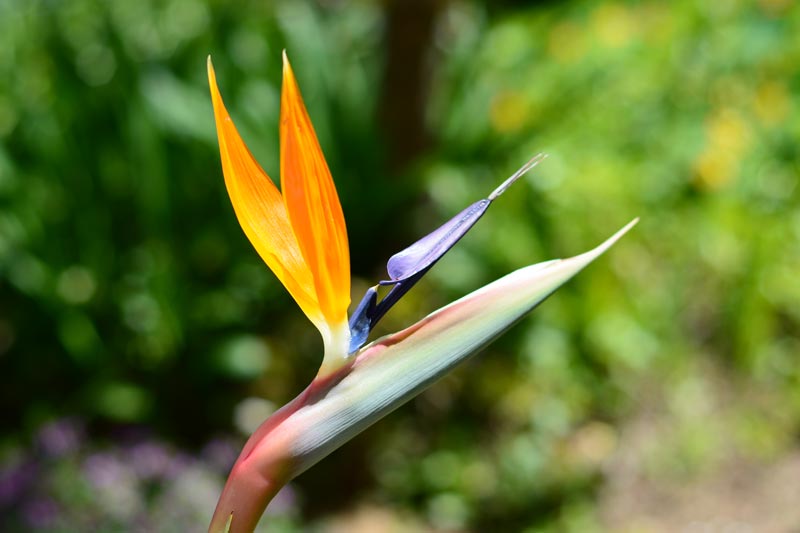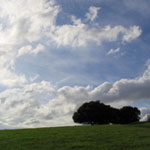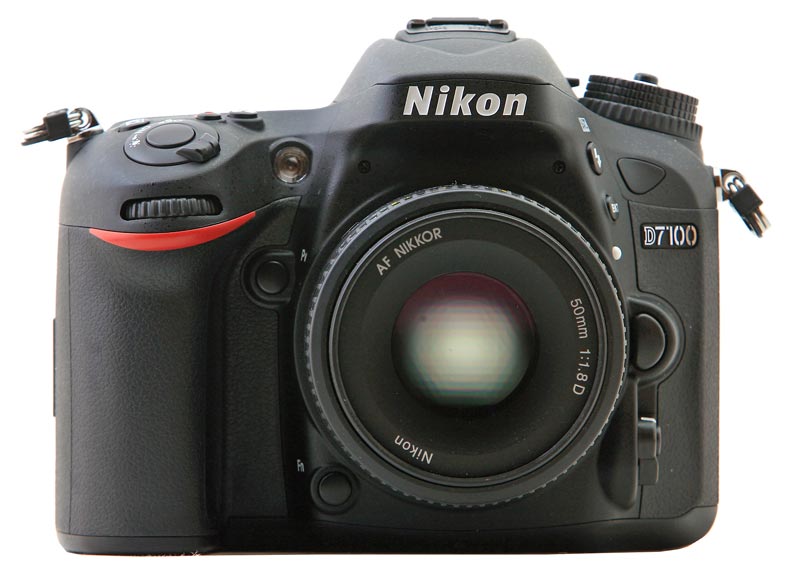| Back to Back Issues Page |
 |
|
DSLR Guide News - How to Blur or Sharpen Your Photo Background April 28, 2013 |
Having trouble viewing this newsletter? Read the latest issue online at
https://www.digital-slr-guide.com/Digital_SLR_Guide_News-04-2013.html or read back issues If someone you know has forwarded you this newsletter and you've enjoyed it, subscribe now to receive the next issue when it's published.
DSLR News - April 2013
In This Issue
NEW! I've recently set up a Google+ Community for DSLR Cameras.
I've been looking for ways to interact more directly with you so that instead of a one-way flow of information we can turn this into a conversation.
With the new Google+ DSLR Community, you can ask me questions, post photos for feedback and discuss any and all things DSLR with other like-minded inviduals.
This is an experiment for now to see if it is effective. If it works, then you'll be able to hear from me much more often than once per month.
In this issue, you'll learn about:
Lens Aperture
In the March issue of this newsletter, I provided information on shutter speed: what it is, and how you can use it to freeze or blur motion.
In this issue, we'll take a look at the second of the three most important camera settings: lens aperture (for the curious, the third setting is ISO).
When you fiddle with your lens aperture, you control the size of the opening in the lens. This in turn increases or decreases the amount of light passing through the lens and landing on your sensor.
Lens aperture notation is not entirely intuitive and it does take some time to learn.
The good news here is that once you DO learn how to adjust it you open up a world of imaging options that just aren't possible in AUTO mode.
Beginner Digital SLR Lessons
Depth of Field
There are two aspects of photography that I think are quite difficult to master:
Both of these are challenging to do well in every photo you take because they are unique to the subject and the available light. The same camera settings that provide perfect results in one case won't apply to the next picture you take.
In this newsletter, we'll focus the issue of depth, and we'll start with a question: what is "depth" exactly?
In an effort to simplify this concept, many camera manufacturers refer to it as "background blur" and provide basic settings that let you increase or decrease the amount of blur.
Here's the problem with that approach: there is one variable that has nothing to do with the camera settings that also affects background blur.
In the following article, you'll learn what that variable is, and you'll also find out how to control the depth of focus (or depth of field) each time you take a picture.
Intermediate Digital SLR Lessons
DLSR Review: the Nikon D7100
I think that maybe I've forgiven the Nikon D7100 for its lack of built-in wireless.
When the camera was first announced I really hoped that it had this feature, but it was not so. You can get wireless with the D7100, but only with an optional accessory.
Now that I've had a chance to use the D7100, I've discovered what this camera can do. The answer is: quite a lot.
Like its predecessor (the D7000) the D7100 is fully customizable and a slew of buttons on the camera body give instant access to virtually any setting you'd want.
Yes, adjusting 4 settings at once smoothly takes practice, but in the end you'll find that you can create some exceptional images.
In Conclusion
I have a lot to keep me busy since Canon has announced the new 700D T5i and the 100D SL1. Hoping to get my hands on one - or both - for upcoming reviews.
I also expect that there will be some more new DSLR announcements this year - after a dry spell, it seems like manufacturers are once again coming out with new models.
Thanks for reading...until next time.
--Chris Roberts, Your Digital SLR Guide
|
| Back to Back Issues Page |




